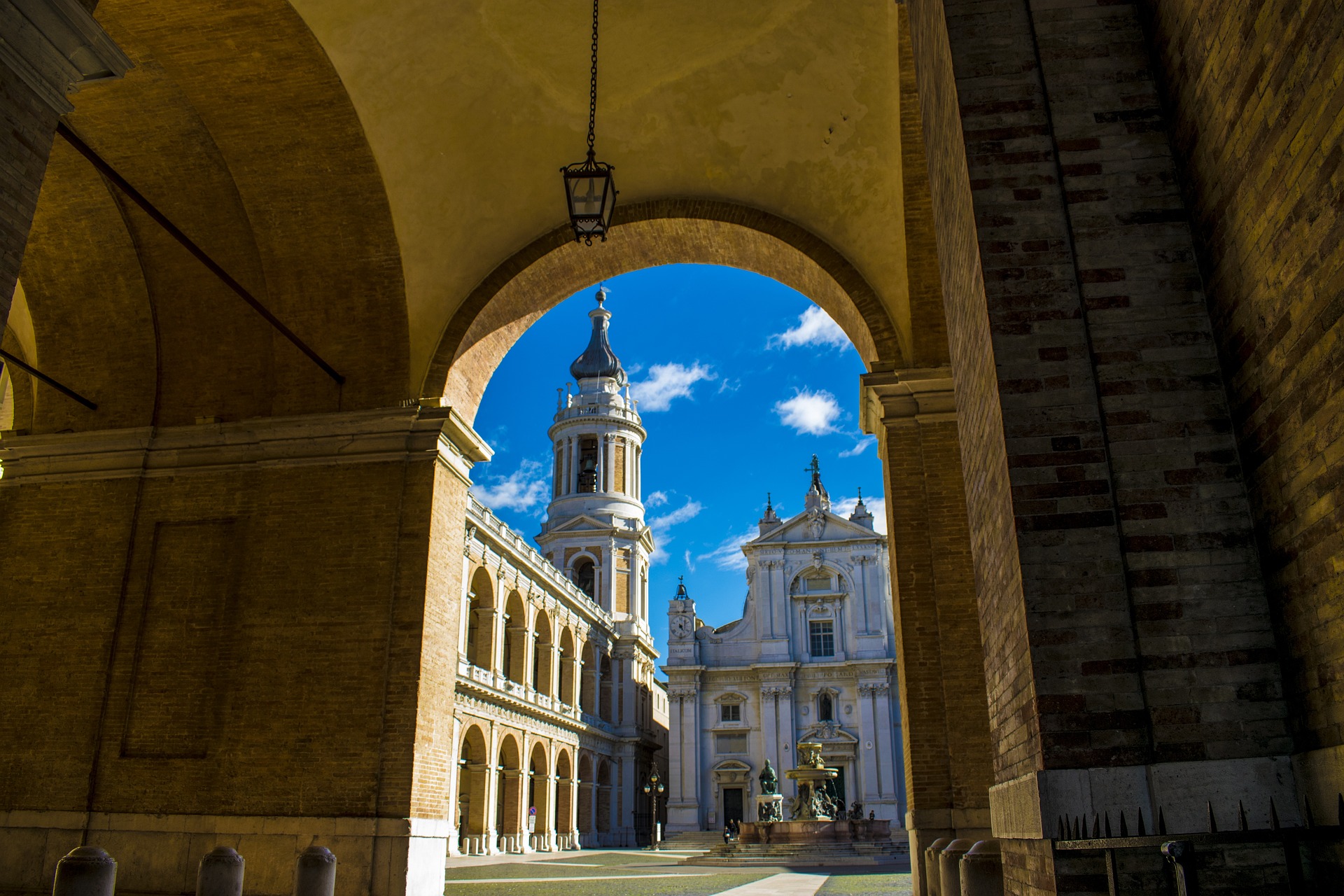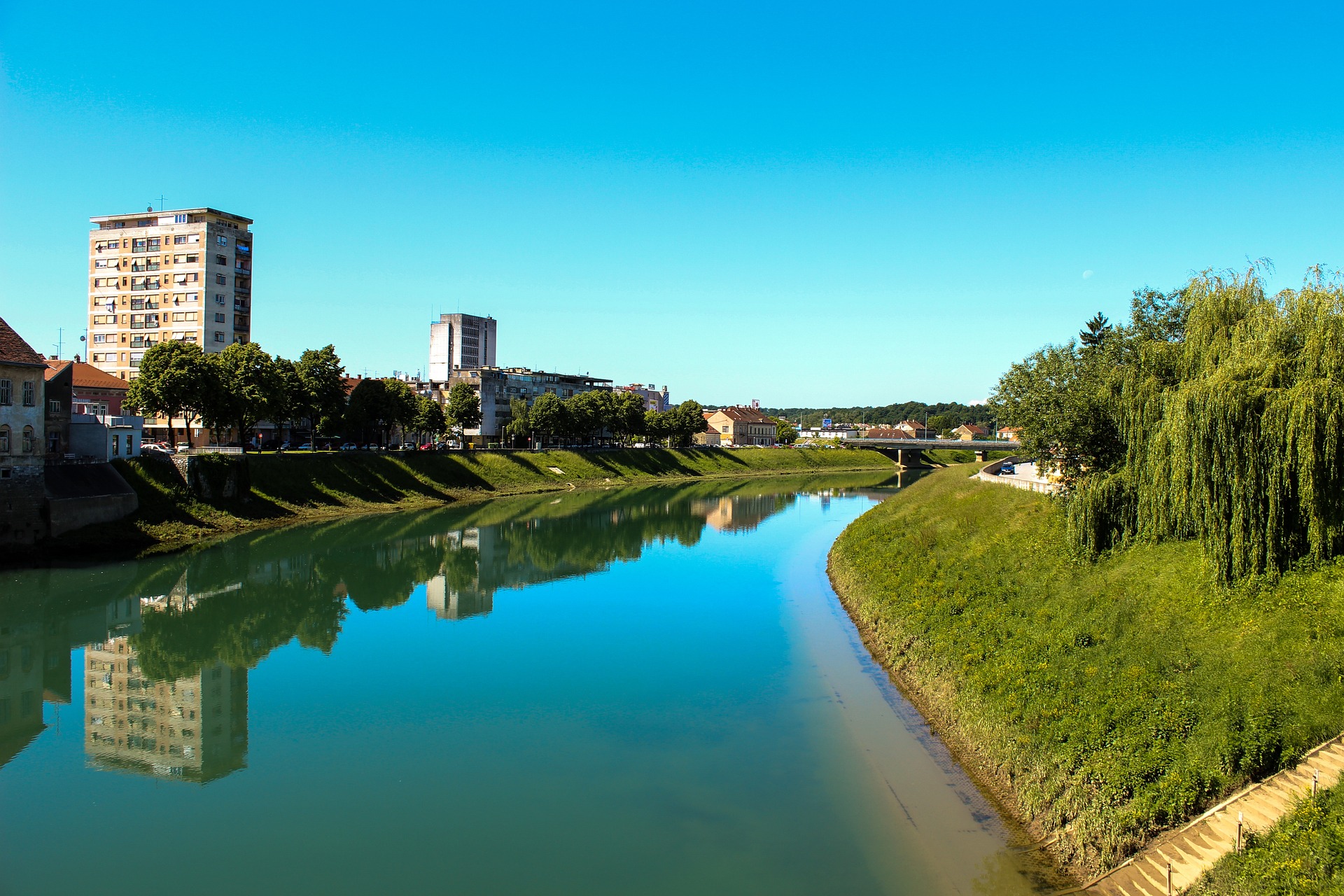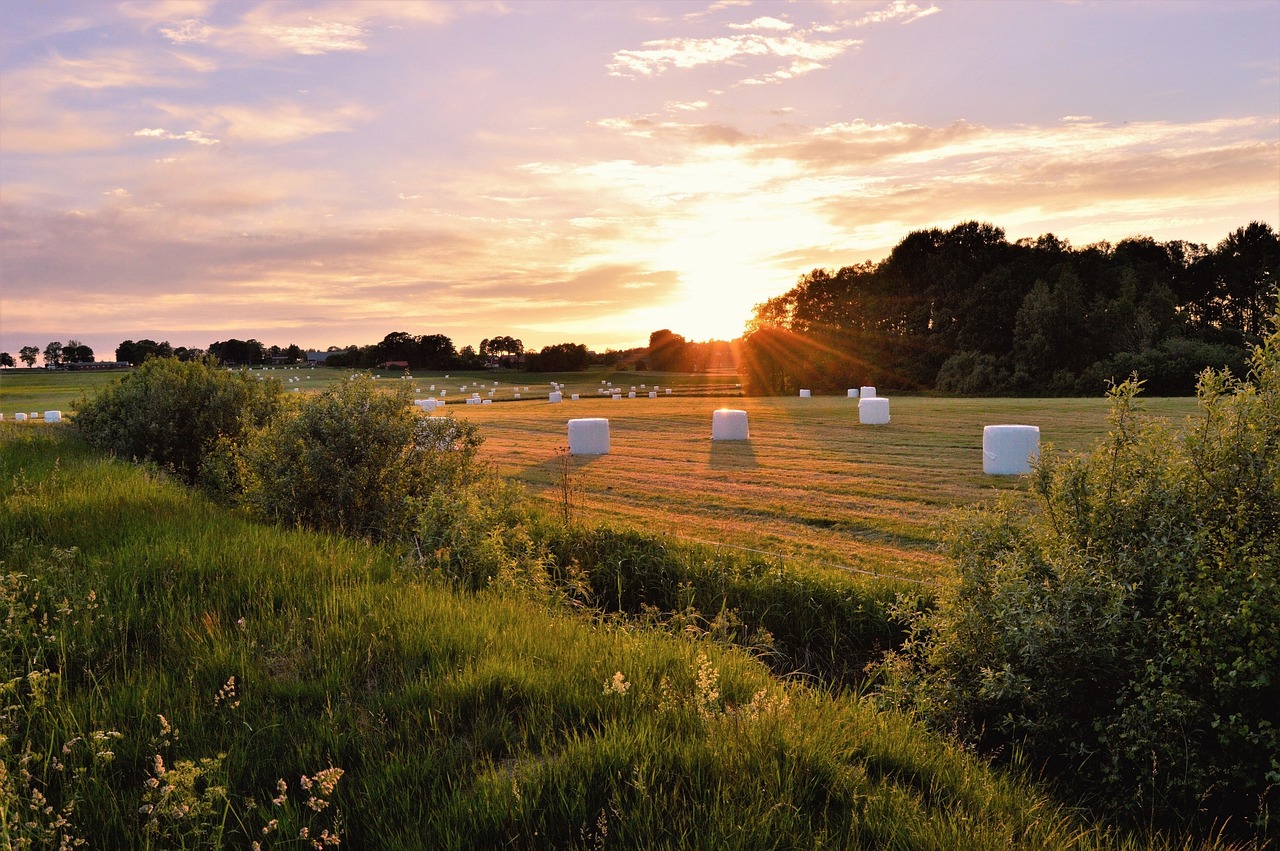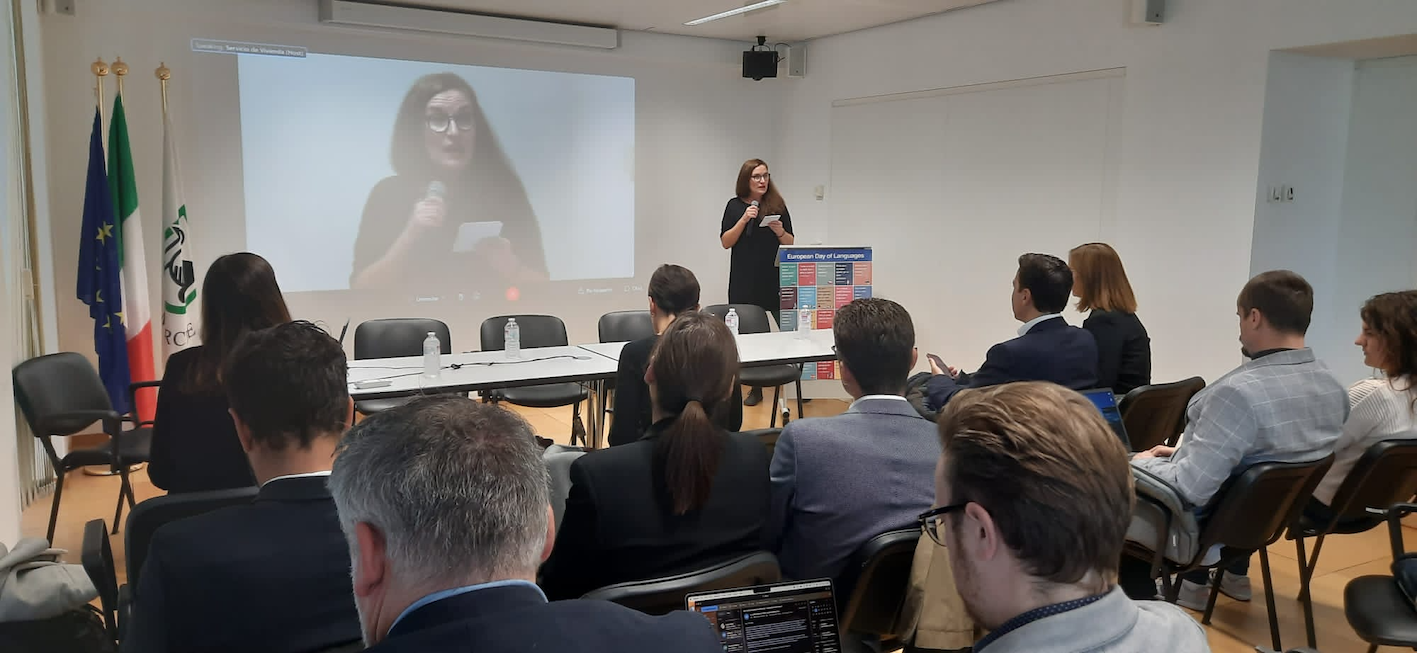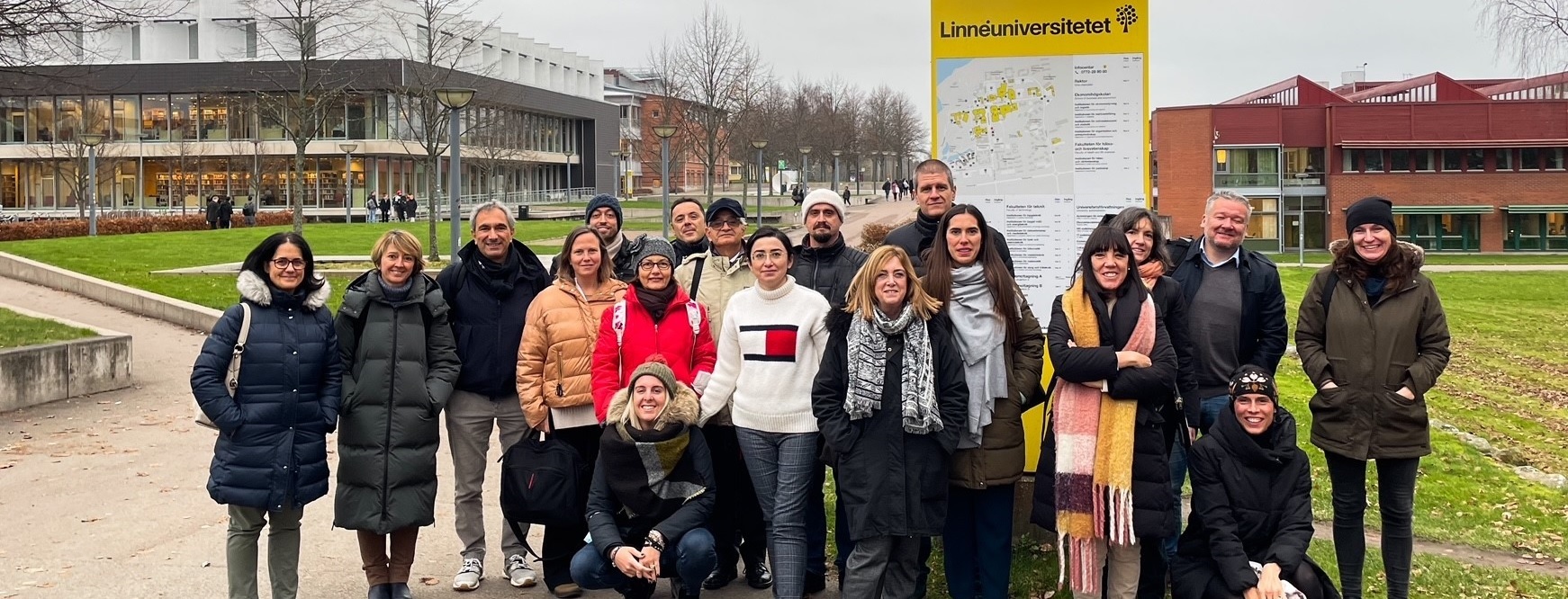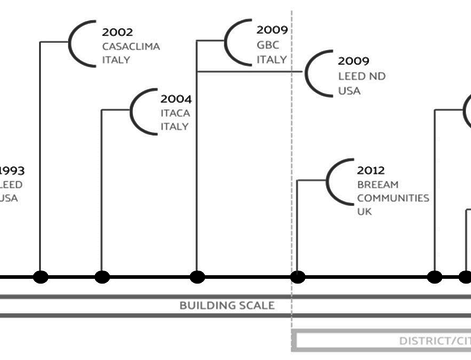On Thursday 10th of December 2020, the LC District project arranged the third study visit as a learning programme in Småland and islands region in Sweden. The study visit welcomed 43 participants, including project partners and their stakeholders from Spain, Czech Republic, Italy, and Croatia. To prevent the spread of Covid-19, the study visit was held remotely in real time using digital technologies. The study visit began with an overview of the energy situation in Sweden. Later, three best practices were presented that contribute to the achievement of national energy and climate targets.
The first good practice presentation included a large scale, real life demonstration of promising technologies used for renovating residential buildings. It was presented by Martin Skoglund, the energy expert at Växjöbostäder, a public housing company, owned by Växjö Municipality. The exploitation of energy efficiency measures allowed reducing the total energy consumption of the residential buildings by 47.5% (from 160 kWh/m2 to 84 kWh/m2).
The second good practice was Växjö’s new municipal and station house, presented by Fredrik Lindblad, the head of the business and marketing department at Växjö Municipality. The municipal and station house was built using wood and glass, reflecting the long tradition of the region in using wood for constructing new buildings. The sloping roof was selected for reducing the total area of the building’s envelope, thereby reducing energy loss and cut the use of building materials and waste. In addition, the municipal and station house was equipped with an on-site integrated ground source heat pump and photovoltaic solar system. Due to its excellent performance, the second good practice achieved the gold level in Swedish Environmental Certification. The Swedish Environmental Certification is a tool for evaluating the energy and environmental performance of buildings during their lifetime.
The third good practice was a series of passive detached houses, which were built in Öland, the second largest island in Kalmar Municipality. The total energy consumption of passive houses in Sweden must be most at most 26 [kWh/m2]. It was presented by Elaheh Jalilzadehazhari, a postdoctoral fellow at Linnaeus University. The detached houses were built using local materials, such as wood and limestone to avoid transporting construction materials to Öland. Using limestone on facades reduced the maintenance costs when comparing with traditional wooden facades in Sweden. An interview with a real estate agent showed that wood along with limestone mirror the traditional and local architectural style in Öland and create a sense of welcoming. In addition, the detached houses were equipped with an integrated ground source heat pump and mechanical ventilation system to improve the energy performance of the houses.
Furthermore, Elaheh Jalilzadehazhari presented a decision-making method, developed at Linnaeus University. The decision-making method allows one to i) develop a series of design alternatives for constructing a new building or renovating an existing one, ii) compare the performance of the design alternatives with respect to energy consumption, life-cycle cost, and indoor comfort, and iii) select the best design alternative by including stakeholders’ various preferences.
Despite the very varied and busy study visit agenda, the participants had the opportunity to ask additional questions and a very interesting discussion arose.



